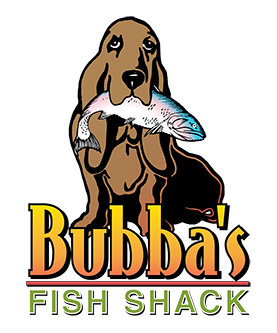Clam Chowder! Creamy, bold, meaty, and full of flavor! This popular soup has a history that is as rich as its flavor. This month we explore some of the history behind the most well-known type of chowder from Boston to San Francisco: New England Clam Chowder.
According to Merriam-Webster Dictionary, the definition of chowder is “a soup or stew of seafood (such as clams or fish) usually made with milk or tomatoes, salt pork, onions, and other vegetables. So while there are many, many varieties of chowder, the creamy clam version is by far the most popular and well known.
Sometimes referred to as Boston Clam Chowder, this milk or cream-based soup is made from clams, potatoes, onions, and sometimes salt pork. According to Joseph Lincoln, “A New England clam chowder, made as it should be, is a dish to preach about, to chant praises and sing hymns and burn incense before. To fight for. The Battle of Bunker Hill was fought for–or on–clam chowder; part of it at least, I am sure it was. It is as American as the Stars and Stripes, as patriotic as the national Anthem. It is ‘Yankee Doodle in a kettle.”
Oddly enough, just like the fact that Manhattan Clam Chowder wasn’t created in Manhattan, food historians believe that New England Clam Chowder was introduced to the Boston area by French and or British settlers traveling south from Nova Scotia as early as the middle of the 18th Century. The oldest known continuously operating restaurant in the country was serving Clam Chowder by 1836. Ye Olde Union Oyster House was instrumental in helping grow the popularity of this delicious soup.
Clam Chowder became so popular that it even found its way into the literature of the time. You may have heard of the author, Herman Melville? In his extremely popular book, Moby Dick, he dedicated an entire paragraph to discussing the wonders of Clam Chowder:
“However, warm savory steam from the kitchen served to belie the cheerless prospect before us. But when that smoking chowder came in, the mystery was delightfully explained. Oh, sweet friends! hearken to me. It was made of small juicy clams, scarcely bigger than hazel nuts, mixed with pounded ship biscuit, and salted pork cut up into little flakes; the whole enriched with butter, and plentifully seasoned with pepper and salt.”
People travel from all over the world to experience falls in the New England region. It is a time of year that can contain some strange weather and at certain times there is no better feeling than sitting around a table with friends and indulging in a meal made of comfort foods that just warm you to your bones. Just the thought of a warm bowl of New England Clam Chowder served with the traditional hexagonal oyster crackers brings a smile to most faces. As the soup gained popularity through the 19th and 20th centuries, more than 20 variations have developed. But don’t try to get away with serving that tomato-based version created by those that live just to the south, New Englanders don’t want anything to do with that. So much so that in 1939, the State of Maine debated legislation that would have banned the use of tomatoes in Clam Chowder.
At Bubba’s Fish Shack, we prefer the New England variant. That warm creamy broth has enchanted us and when it is combined with perfectly cooked clams…… YUM! We get excited just talking about it.
So, while we might not fight you over it or try to pass any laws preventing other styles, here at Bubba’s Fish Shack we are certainly going to sing the praises of our Homemade Clam Chowder. Pull up a chair, we’d love to serve you a bowl.
